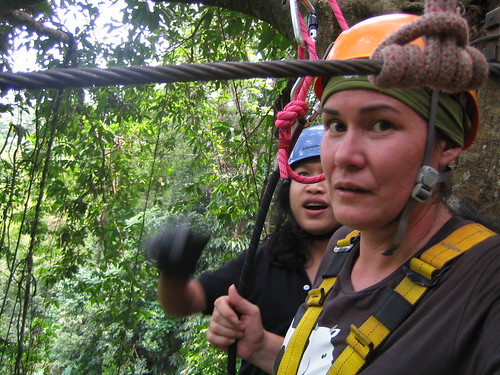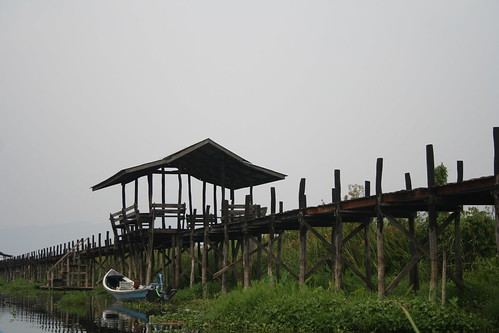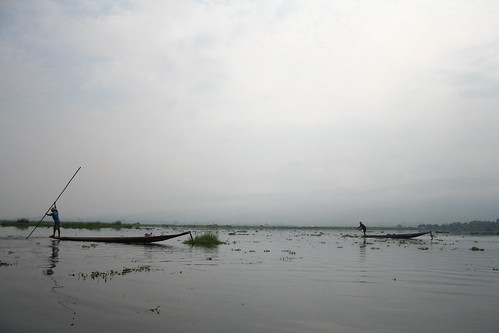
|
|
http://bfnionizers.com/product/282cps-charge-plate-converter-for-static-field-meter/?add-to-cart=2512 get ready to drop, originally uploaded by Mister Wind-Up Bird. |
After a few days in Bangkok watching bad movies, knocking back happy hour drinks and swimming in a hotel pool mostly used by sunbathing Russian prostitutes, we decided our injuries were healed enough to take a train north to the pleasantly touristed city of Chiang Mai.
One thing you need to know about Chiang Mai: the town itself is very pleasant, but there’s not a huge amount to see or do except look at wats (temples) and eat. After eating my own weight in Laotian baguettes avec fromage, I’m on a diet. And we’re all done looking at wats.
So all the signs advertising the ziplining park an hour out of town start to catch your eye. Tiny wooden platforms high in the treetops. Emerald-green foliage. Shrieking tourists in harnesses and banana yellow helmets frozen photogenically in the air. The posters are all over the leafy lanes and narrow side streets of the old city. Beckoning from every guest house and travel agency. How can you resist a come-on like that? You can’t.
And so, we found ourselves with a group of assorted Europeans in little yellow helmets of our own, crowded onto a tiny treetop platform. We wait our turn to be clamped onto the line, peer 20m down to the forest floor, grab onto the harness strap with white-knuckle dedication… and…
1… 2… 3… JUMP!
A falling sensation, then acceleration forward along the line, sailing through a tunnel of leafy branches, and you’re on the next platform. After the first couple of ziplines the fear pretty much evaporated and I enjoyed the experience quite a bit.
Janelle did not. On one of the early ziplines, she was convinced that she heard something rip inside the harness. At that point, it became a lot more… well, I’ll just let Janelle report in her own words:
When Eric says ‘convinced’, it sounds like it didn’t really happen—that I imagined it. I can assure you, fans, it HAPPENED. Definite sound of stitches ripping in the 2cm-wide piece of webbed fabric that was the only thing holding my not insubstantial frame from plummeting to earth. It was the good-natured ‘bouncing’ of the line by the guides that did it. Thinking they were giving us a bigger thrill and all that. Well, on the downbeat, I hear ‘the sound’ and it resulted in me screaming and grabbing for the line (Rule 2 of ziplining: “don’t grab the line”).
So for all of Eric’s ‘sailing through the trees’ bullshit—can I just add that I found the experience terrifying from that point on? I spent the rest of the day with my hands tight on my harness praying for a happy outcome.
Ahem. That’s what she said.
I should also say, our two guides and I all took a good look at the harness and whatever the sound was, everything was intact. But it’s still the kind of thing that captures your imagination in a bad, bad way. Like me, with amusement park accidents. Sure, the odds are in your favour, but really, should you be rolling those dice? Apparently, yes.
The rest of the expedition involved a few variations of ziplining, including a couple of vertical drops and one terrifying combination of bungee/zipline which more than one of my zipliners-in-arms had to be ‘coaxed’ into starting. Not me, though. I just thought to myself, “well, if I am to die here, so be it” and launched myself, arms and legs spread like a chubby little starfish.
I don’t know if the experiences we’ve had in our Asian travels have made me braver, or just more jaded about my own mortality, but things like this seem to phase me a lot less. Maybe next time I go to the Gold Coast I’ll be able to ride The Giant Drop at Dreamworld.
Or maybe not. That thing is freaking horrifying. I’ve had nightmares.



